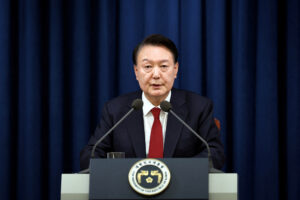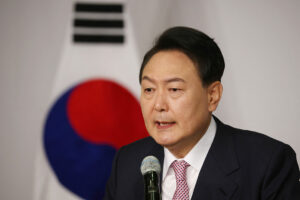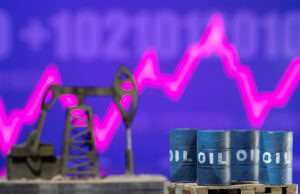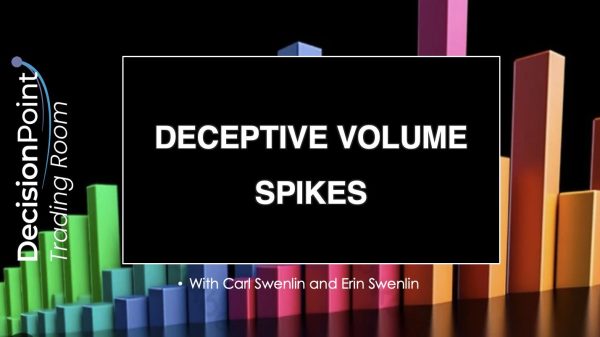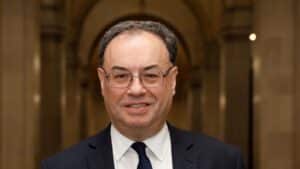The Bank of England governor, Andrew Bailey, has signalled interest rates may have peaked after 10 successive increases in the official cost of borrowing since December 2021.
Speaking in London, Bailey said Threadneedle Street would assess the impact of tighter policy on the economy before sanctioning any fresh moves.
However, the governor also warned that the Bank was alert to the risk of repeating the mistakes of the 1970s and would not hesitate to raise rates further from their current 4% should inflationary pressures become embedded.
Bailey voted for a quarter-point increase in interest rates at the last meeting of the Bank’s nine-strong monetary policy committee in February but made clear on Wednesday that he was now adopting a wait-and-see approach.
“At this stage, I would caution against suggesting either that we are done with increasing Bank rate, or that we will inevitably need to do more,” he said. “Some further increase in Bank rate may turn out to be appropriate but nothing is decided. The incoming data will add to the overall picture of the economy and the outlook for inflation, and that will inform our policy decisions.”
Financial markets have been pencilling in further increases in interest rates later this year, but analysts said Bailey’s speech pushed back against this idea.
Samuel Tombs from Pantheon Macro said: “It is clear from Mr Bailey’s speech that committee is placing more emphasis on the substantial tightening already delivered and would like to call time on its hiking cycle as soon as it feasibly can. It makes little sense at present, therefore, to price-in a terminal rate at 4.5% or higher.”
Krishna Guha from Evercore said Bailey had “become the first central bank chief to push back against the hawkish global repricing of rates in recent weeks that pushed the market discounted peak UK bank rate close to 5%”.
Bailey said the Bank’s outreach programmes with the public had brought home to him the impact high inflation was having on people’s lives. Although it has fallen back slightly from its peak of 11.1% late last year, the government’s preferred measure of the cost of living still shows inflation running at 10.1%.
“People should not have to worry about inflation in this way,” the governor said.
Bailey added that the UK had been hit by a series of “significant economic shocks” – including Brexit, Covid and the rise in global energy prices linked to Russia’s invasion of Ukraine – and there was “no easy way out”.
People on lower incomes were struggling to make ends meet and the Bank needed to ensure that the situation did not get worse through allowing “homemade inflation” to take hold.
“I am afraid monetary policy cannot make the shock to our national real income go away. But what monetary policy can – and must – do is to make sure that the inflation that has come to us from abroad does not become lasting inflation generated at home. Homemade inflation will not make us any better off as a country. Those with weak bargaining power will fall further behind.”
Bailey said failing to raise interest rates now may necessitate tougher action later. “The experience of the 1970s taught us that important lesson. But equally … we have to monitor carefully how the tightening we have already done is working its way through the economy to the prices faced by consumers.
“Our outreach events make clear that we need to calibrate monetary policy with great care to return inflation to target sustainably.”
Bailey said the shortage of available workers across much of the UK economy would be a key factor in future decisions by its ratesetters.
“The UK labour market remains very tight. Since the start of the Covid pandemic, we have seen a large increase in the number of people who do not take part in the labour market in this country. The UK labour force has shrunk.”
Read more:
Bank of England boss signals interest rates may have peaked






